Former editor of Digital Photo magazine Matty Graham examines your images, offering constructive advice on how to improve
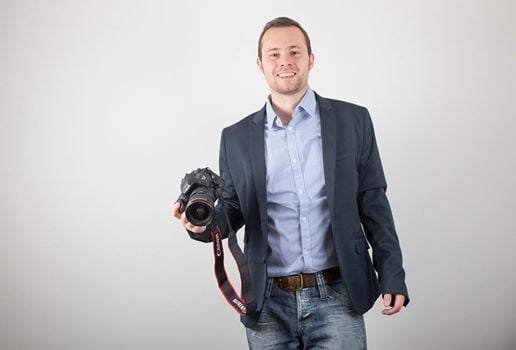
Our expert image appraiser Matty Graham
After we put out a call on Facebook asking for images for constructive critique, we received replies from hundreds of photographers who wanted in. It's great to see how many of you jumped at the chance to improve your art and better your craft!
We'll be looking to offer more of you chances for critique and constructive feedback in the coming weeks and months, but for now let's start with the first round. Our expert on hand is Matty Graham. Matty has worked in the photographic industry for more than 15 years, during some of which time he was editor of Digital Photo magazine. He is also a judge for this year's National Geographic Traveller Photography competition.
Bradley Sword – Supra
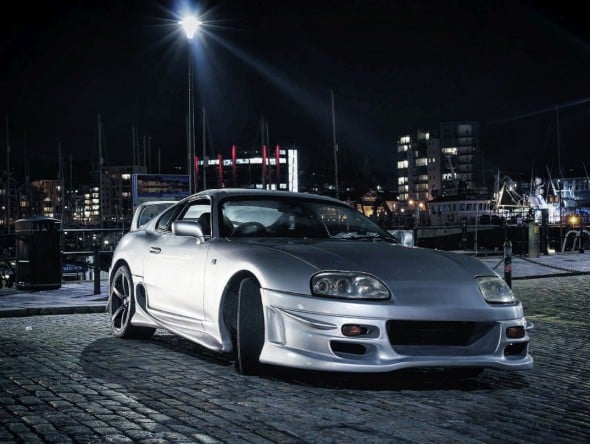
Matty says: “Bradley obviously has a passion for all things “fast and furious” and has taken the time to find an interesting location, a harbour quay, to capture this iconic Japanese sports car. He has also considered the best angle of his subject, lining up the car to show a three-quarter view that displays the front and side of those beautifully sculpted panels.”
“Where this image could be improved is in the details. Shooting earlier in the evening during the blue hour, which occurs just after the golden hour when the sun has dipped below the horizon, would have made more from the interesting location, because the dark sky here means you just can’t see that much.”
“A lower shooting position would have included more of the interesting bricks in the foreground while increasing the prominence of the subject in the frame, while a smaller aperture (f/18) would have created a starburst effect from the streetlamp lighting the scene.”
“Lastly, here’s a pro automotive photography tip; always turn the steering wheel away from the camera to show the face of the alloy wheel.”
“This is a good attempt from Bradley, I hope he can return to the location and put these tips into practice.”
Mark Stevenson – Puffin
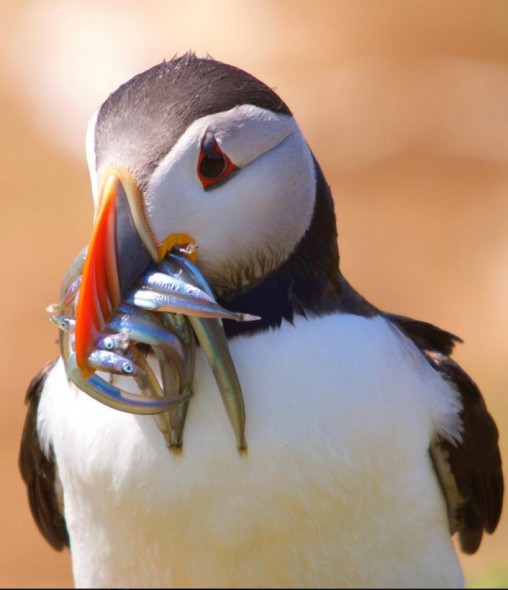
Matty says: “This is an incredibly well-timed capture from Mark, who photographed this puffin using a Nikon D3200 paired with a Sigma 150-500mm telezoom lens. Showing any sort of natural behaviour – such as eating, fighting or more primal activities – shares more of the subject’s character with the viewer and helps the shot stand out from the crowd of static captures.”
“Mark took advantage of his long lens, which actually gives a maximum effective focal length of 750mm when used with his APS-C sensor DSLR and thereby allowed him to get as close as possible to his subject.”
“However, I actually would have zoomed out a little to show this magnificent bird in its environment – just because you have the focal length, you don’t always have to use it.”
“What’s more, the longer the focal length, the more problems you will have with camera-shake. The tiniest of movements are significantly magnified when you’re working at 500mm and Mark’s image does suffer from a tiny bit of blur. Using a tripod or monopod will banish shake, and even resting the lens on a fencepost for stability is an option if you’ve nothing better.”
“All said though, this colourful wildlife shot is a great foundation for Mark to build on.”
Rhii Rendell – Portrait
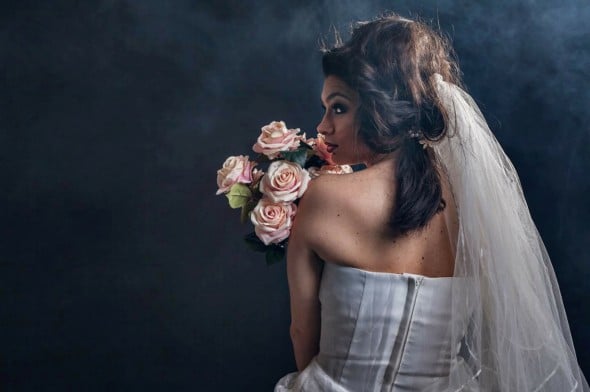
Matty says: “There’s a lot to love about Rhi’s portrait and at the top of the list is the lighting. Tailoring your lighting style to match the mood of the scene is the key to a successful portrait and the soft, directional lighting works superbly.”
“The gentle illumination strikes a perfect chord with what looks to be a wedding portrait and the black backdrop serves its purpose, helping the subject stand out as the star of the frame.”
“Where I feel this image could have been improved is in the posing of the model. Backwards glances can work well in some situations, but here I think a front-on pose would have been a more natural choice. The model looks a little awkward and the zip of the beautiful dress, easily the least important element draws the eye too easily.”
“As the photographer, you are responsible for arranging the posing of your subject and even if you are working with an experienced model, they will still be looking for direction. Another by-product of the pose in this case is that because the model is looking away from that lovely light, her eyes are dark and there’s a lack of detail. Many pro portrait photographers arrange their lighting to illuminate the eyes first and then go from there.”
“Rhii’s obviously a talented photographer – I hope she tries these posing tips on her next shoot.”
Robert Griffiths – Stowe Maries Sunrise
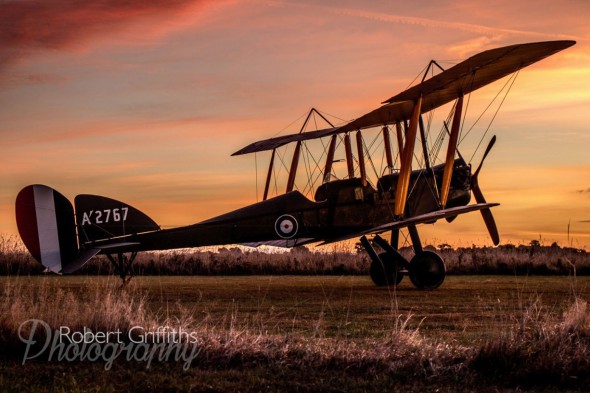
Matty says: “A good slice of what it takes to make a great landscape image is about making the effort to be in the right place at the right time. Robert endured a 4am start and was rewarded with a beautiful sunrise over the Stowe Maries airfield in Essex, a location I have photographed myself.”
“There’s something special about the stunning World War One aircraft parked up on the grass runway, just like it would have been 100 years ago.”
“While I love Robert’s image, I think there are a couple of tricks he could have used to improve the frame, and they revolve around controlling exposure. Robert used a long shutter speed to try and balance the exposure in his frame. The problem this created was that there was obviously a massive difference in brightness between the darker foreground and the lighter backdrop of that colourful sunrise.”
“Because the plane was static and wouldn’t move between frames, I would have been tempted to shoot multiple image and create an HDR (High Dynamic Range) photo. This would have merged frames with different exposure levels into one final picture that gave a more balanced exposure.”
“That said, this is still a fine effort and Robert should be commended for the early start and the effort.”
Sam Osborne – Aurora
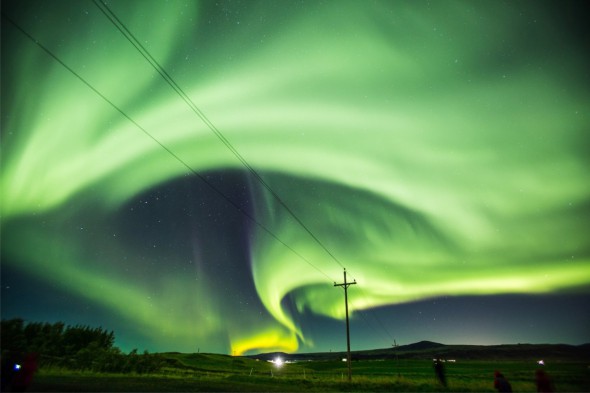
Matty says: “Sam told us that this was his first attempt at shooting the Aurora Borealis, also known as the Northern Lights. Well, for a first attempt, Sam has done a terrific job, capturing the green saturation of the solar winds in the sky.”
“A successful aurora image requires a long shutter speed of around 25 seconds, a large aperture of around f/4 and a high ISO of around 1600 so that the camera’s sensor can record the lights dancing in the sky.”
“One of the traps photographers fall into when shooting the Aurora is to get caught up with the sky and neglect the foreground. Accordingly, while the top of Sam’s frame is interesting, the bottom lacks consideration. The long shutter speed has recorded other photographers milling about, and the power lines are very distracting. This could have been avoided had Sam shifted his shooting position to the left. Of course, when it’s dark, it can be hard to assess a foreground accurately, so it always pays to visit a scene ahead of time and set up in daylight.”
“Longer exposures and high ISO levels also increase the risk of digital noise compromising image quality. The trick here is to shoot in RAW to capture as much tonal information as possible and then use the Noise Reductions features in software like Lightroom or Adobe Camera RAW to remove the speckles and grain.”
“This must have been a magical moment for Sam, I hope he enjoyed it!”
Want to submit your images for critique? Follow us on Facebook so you don’t miss the next opportunity

